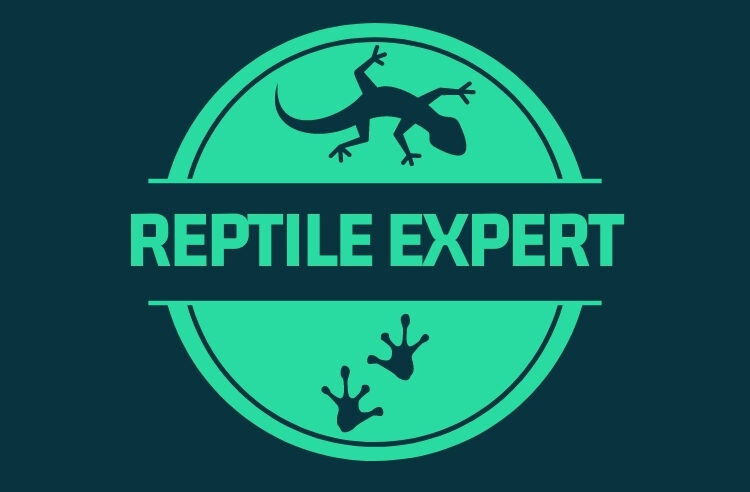You could be forgiven for thinking that the only dragons you’re likely to see on a trip to the Welsh coast are the ones on the road signs that say “Croeso y Cymru/Welcome to Wales” – or the distinctive flags that flutter from buildings along the way. With the work being done to reintroduce the rare and timid sand lizard (Lacerta agilis) to its former range within the Principality, however, that’s about to change.
Admittedly the return of this diminutive ‘dragon’ isn’t exactly going to inspire tales of fair damsels in distress, or brave knights in armour, but it is a story of what can be achieved with captive breeding, habitat management and good conservation – and a bit of patience!
Making Reintroductions
The sand lizard – rarest of the country’s three lizard species – had become lost from its ancestral habitats in the dunes of north and west Wales during the 1960s. In an attempt to turn the extinction clock back, a programme of relocation commenced in 1995, successfully bringing the species back to much of its former range in the north. According to Dr Liz Howe – reptile expert at the Countryside Council For Wales – survival rates for these reintroduction efforts have approached 80 per cent and the population of these reptiles at the release sites has steadily grown as a result.
A similar project saw sand lizards, bred from animals which were part of what might best be called the Merseyside race, released in the dunes around Aberdyfi and Prestatyn – chosen on the basis of their close genetic similarity to the original Welsh inhabitants. It is perhaps fitting, considering that Liverpool has often been called the unofficial capital of North Wales!
On the other side of the Dyfi river – at the Ynyslas National Nature Reserve – a similar approach has been taken to bring back the dragons, with a number of lizards being released in the summer of 2009 – and more planned for the future.
Resounding Success
Dr Howe describes the work as a “resounding success”, pointing to the strong and growing rise in numbers at all of the release sites, which she explains shows that the reintroduced animals are breeding and establishing a true “resident” population. Moreover, it seems, they are also gradually expanding their range away from where they were released and colonising new areas in the vicinity. She is quick to point out, however, that there remains a need to keep introducing new young lizards into suitable sites, to ensure a good range of ages and a wide gene pool to safeguard the species future.
Everyone involved agrees that good habitat management is a crucial part of the project and it is important to select sites where there is no threat to the establishment of colonies, either from predators, or possible human development. The adults require areas of thick vegetation for them to feed and hide by day, open sandy areas where the females can bury their eggs, and undisturbed dunes in which to hibernate. In the late 19th and early 20th centuries, when much of the Welsh seaside provided just such conditions, some areas played host to large populations of these fascinating little reptiles. With careful conservation and good land management, many now believe they soon will do again.
Even so, given their secretive natures and remarkable camouflage – despite the males green flanks in the breeding season – unless you’re really lucky, the chances of seeing a sand lizard amid the dunes remains quite small. All the same, that trip to the Welsh coast might just turn out to be a special one; like they used to say on those old pirate maps, these days, here be dragons!
